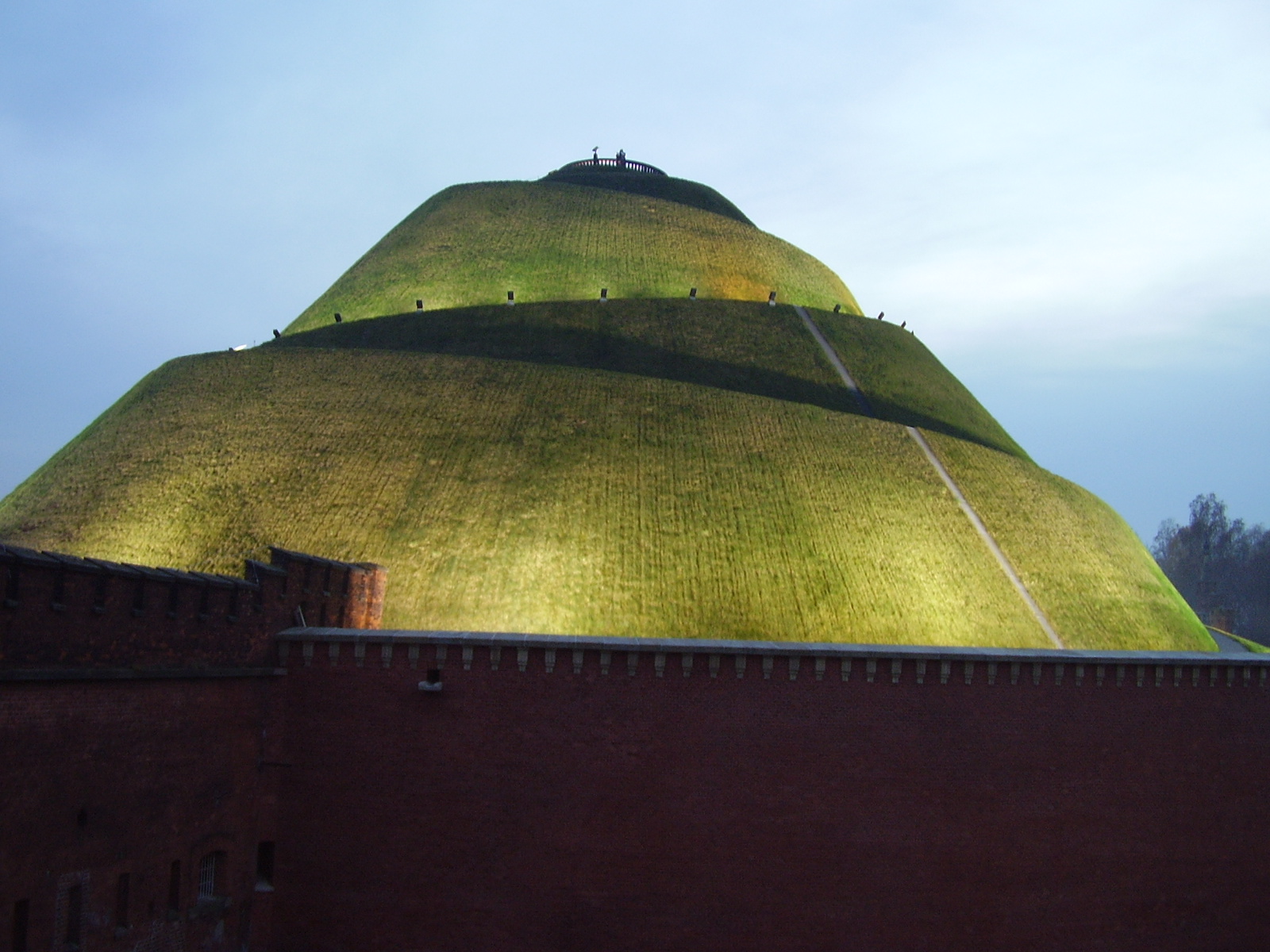Mounds
Enlarge text Shrink text
Information for Authority record
Other Identifiers
Wikidata:
Q1584134
Library of congress:
sh 85087721
Sources of Information
- Glossary of geology, 1997(mound (a) A low rounded natural hill, generally of earth; a knoll. (b) A small man-made hill, composed either of debris accumulated during successive occupations of the site (syn: tell; teppe) or of earth heaped up to mark a burial site. (c) An organic structure built by fossil colonial organisms, such as crinoids)
- Amer. Heritage dict. of the Engl. lang., c2000(mound 1. A pile of earth, gravel, sand, rocks, or debris heaped for protection or concealment. 2. A natural elevation, such as a small hill. 3. A raised mass, as of hay; a heap. 4. Archaeology A large artificial pile of earth or stones often marking a burial site)
1 / 5
Wikipedia description:
A mound is a heaped pile of earth, gravel, sand, rocks, or debris. Most commonly, mounds are earthen formations such as hills and mountains, particularly if they appear artificial. A mound may be any rounded area of topographically higher elevation on any surface. Artificial mounds have been created for a variety of reasons throughout history, including habitation (see Tell and Terp), ceremonial (platform mound), burial (tumulus), and commemorative purposes (e.g. Kościuszko Mound).
Read more on Wikipedia >
 Topic
Topic





